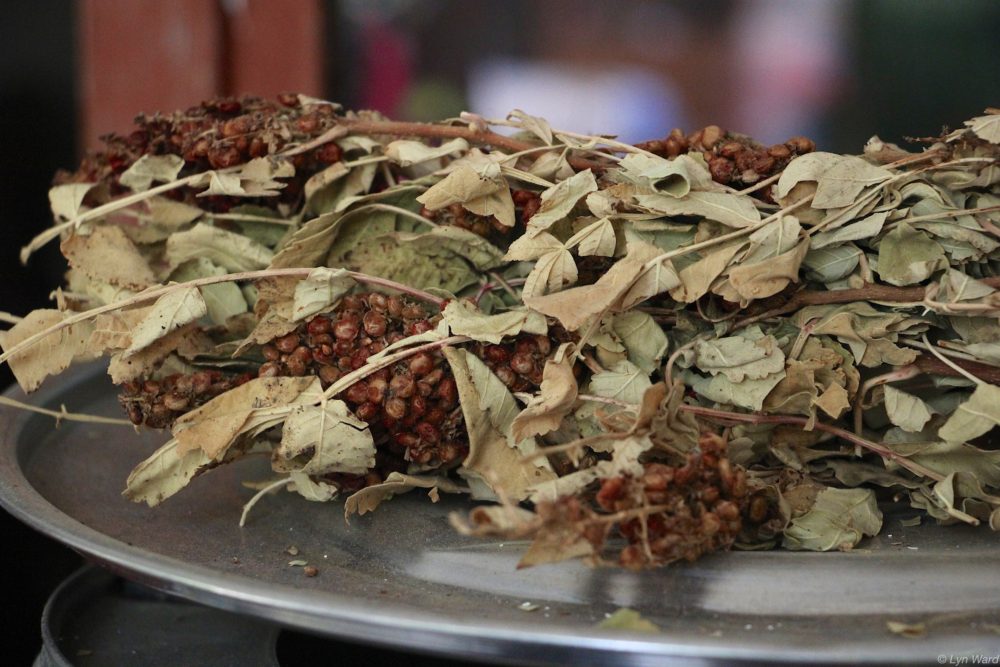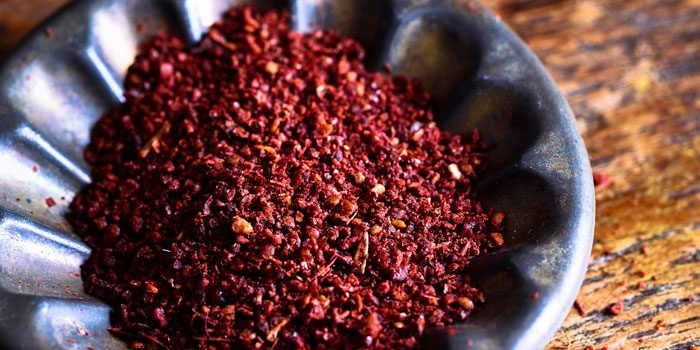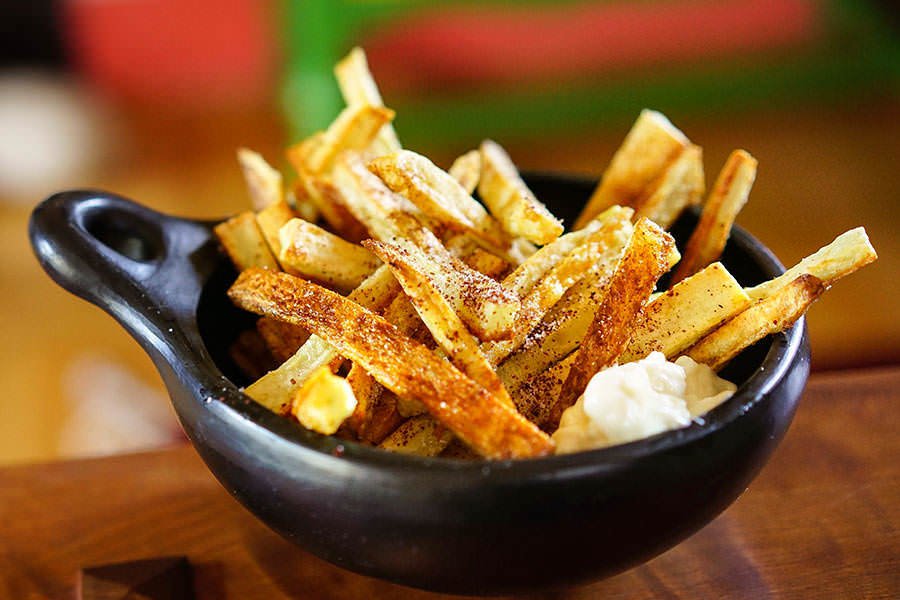Sumac (pronounced soo-mak) is a versatile yet often overlooked spice that deserves a place in every kitchen.
What is Sumac?
Derived from the berries of a decorative shrub native to the Mediterranean region, sumac is a staple in the cuisines of Lebanon, Syria, Türkiye, and Iran. Its tangy, lemony flavour is both vibrant and exotic, making it an essential ingredient in many traditional dishes.

The dark purple-red berries are sold dried or ground and boast a beautiful, almost purple hue along with an appealing lemon-lime tartness that makes them incredibly versatile.

Ground Sumac: A Culinary Game-Changer
In Iran, ground sumac is as common on the table as salt and pepper, used as a condiment to enhance the flavour of various dishes. You can do the same at home—try it as an alternative to lemon juice or zest for an immediate burst of flavour.

Sumac is wonderfully versatile. Sprinkle it on chips, rice dishes, or Middle Eastern classics like hummus and chickpea salads. It’s a sandwich game-changer too—pair it with cheddar for an unexpectedly delightful twist. For a simple yet delicious dip, just add a sprinkle to yoghurt.


Sumac is also a key ingredient in zahter, a beloved spice blend in southern Turkish cuisine, showcasing its importance in regional flavours.
Discover this hidden gem and elevate your cooking with sumac’s unique, tangy flair.
Oven-roasted chicken with sumac and pomegranate molasses
Click on the link for the recipe: Oven-roasted chicken with sumac, pomegranate molasses, chilli and sesame seeds

Baked feta with sumac and grapes
Compliments the contrasting flavours of salty feta, sweet grapes, and aniseed dill.
Click on the link for the recipe: Baked feta with sumac & grapes

Fattoush
Lebanon’s most famous salad is a refreshing, crunchy mix of herbs, cucumber, tomatoes, and pita, with a tangy sourness from the sumac.
Click on the link for the recipe: Fattoush

Next time you’re preparing eggs, try adding a pinch of sumac for a surprising and refreshing revelation.

Finally, it adds a refreshing burst of flavour when used as a syrup in desserts, jellies, and beverages, such as sumac lemonade.

Click here for more things you can do with sumac.
If you live in the UK, sumac is readily available from leading supermarkets or Amazon.
This article was first published on 14 August 2020 and updated on 15 January 2025








